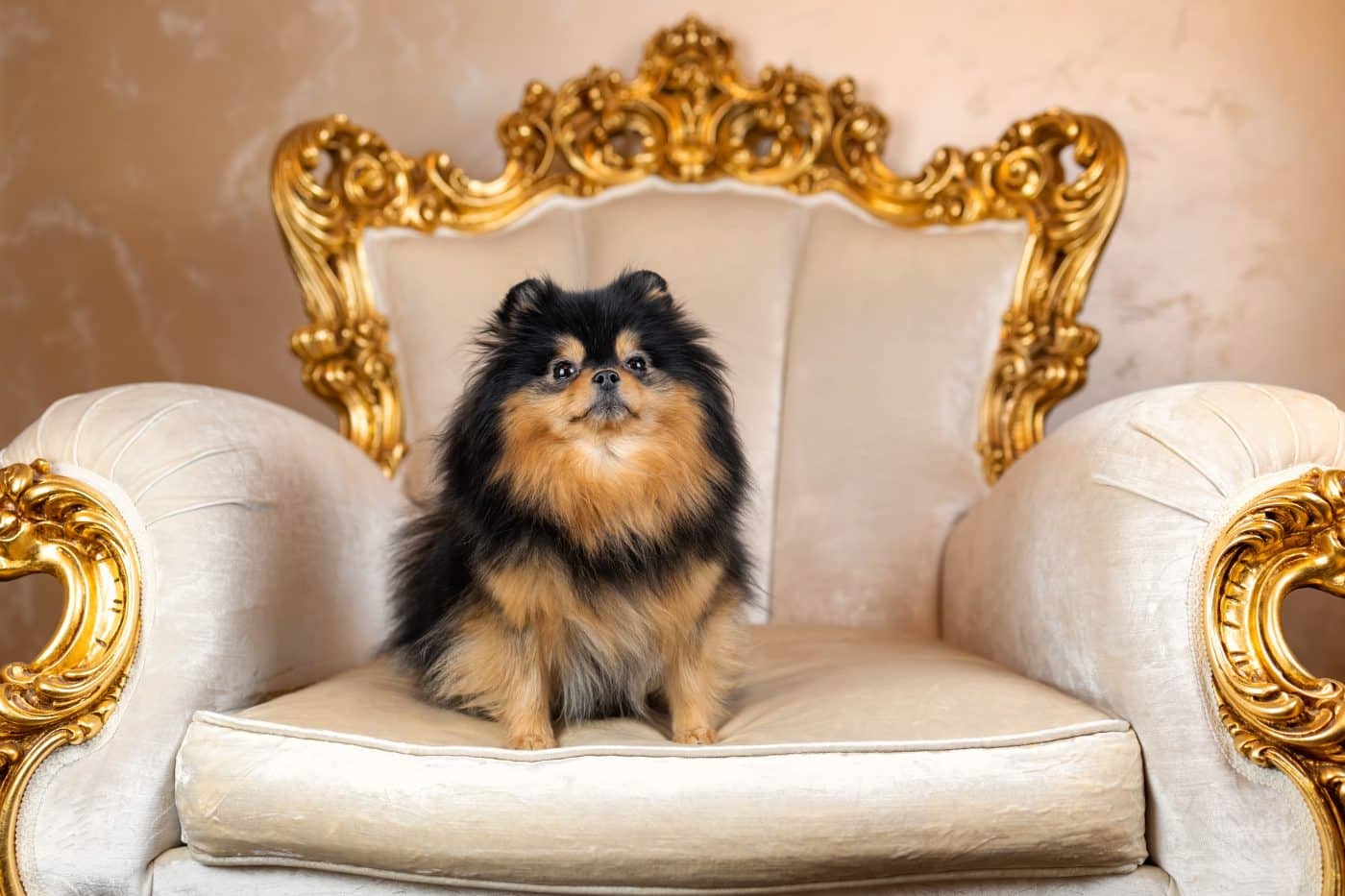 Shutterstock
Shutterstock
Throughout history, royalty didn’t just collect jewels, lands, and scandalous secrets—they also collected dogs. But not just any mutts. We’re talking about breeds so pampered they probably had their own thrones, personal attendants, and possibly a few trust funds. These elite pups weren’t just pets; they were living symbols of power, prestige, and (let’s be honest) peak-level luxury. From ancient emperors to European monarchs, certain dog breeds were wrapped in silks, hand-fed delicacies, and painted into portraits wearing crowns more expensive than your house. So, leash up your curiosity and get ready to meet the canine aristocrats who lived lives fit for, well… royalty.
Pekingese
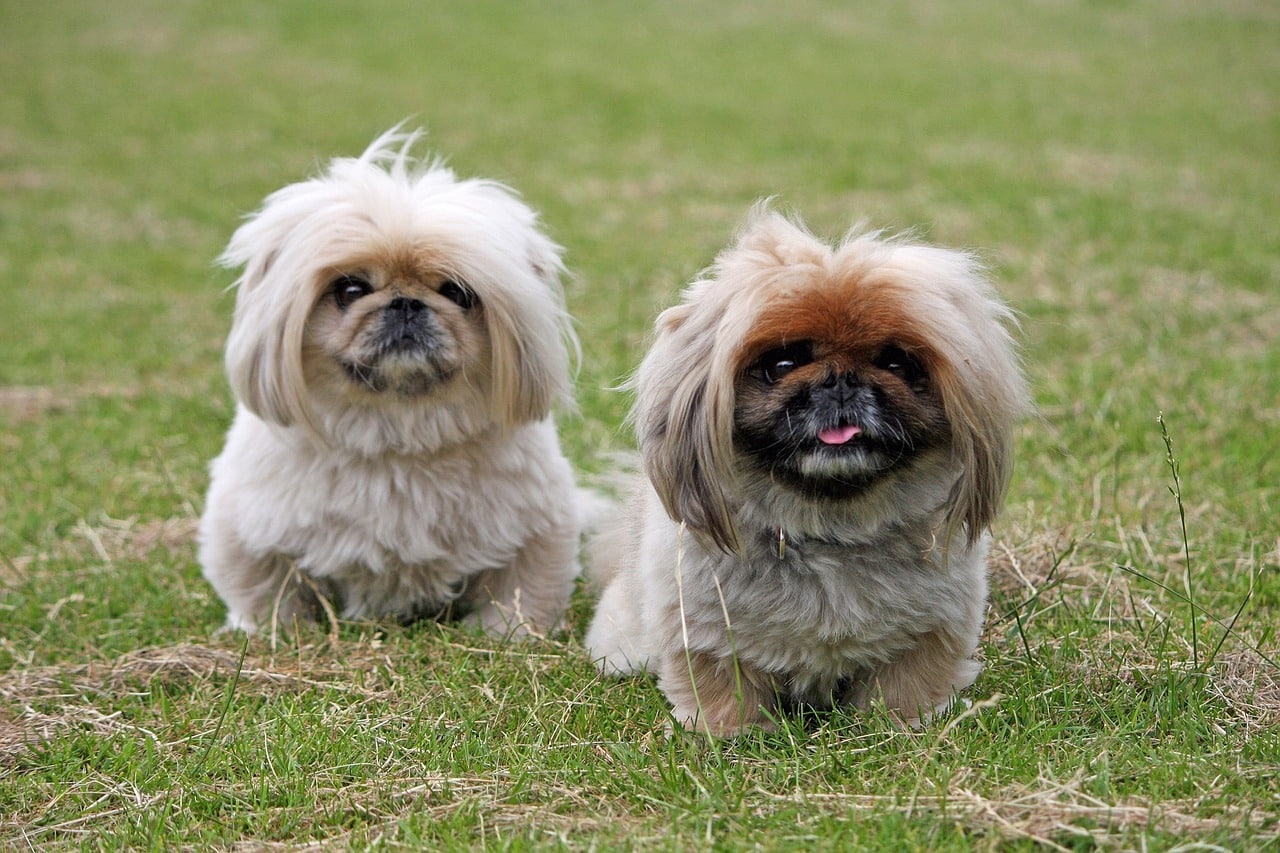 Shutterstock
Shutterstock
The Pekingese was the ultimate imperial lapdog in ancient China, bred to sit beside royalty and be admired like a breathing piece of art. These tiny, lion-maned dogs were so revered that commoners were expected to bow to them. They were exclusive to the Chinese imperial court, and stealing one was punishable by death. With their fluffy coats, regal strut, and “I-own-this-palace” attitude, they truly embodied the idea of being born into luxury. Even today, the Pekingese still carry themselves like they have an empire to supervise.
Cavalier King Charles Spaniel
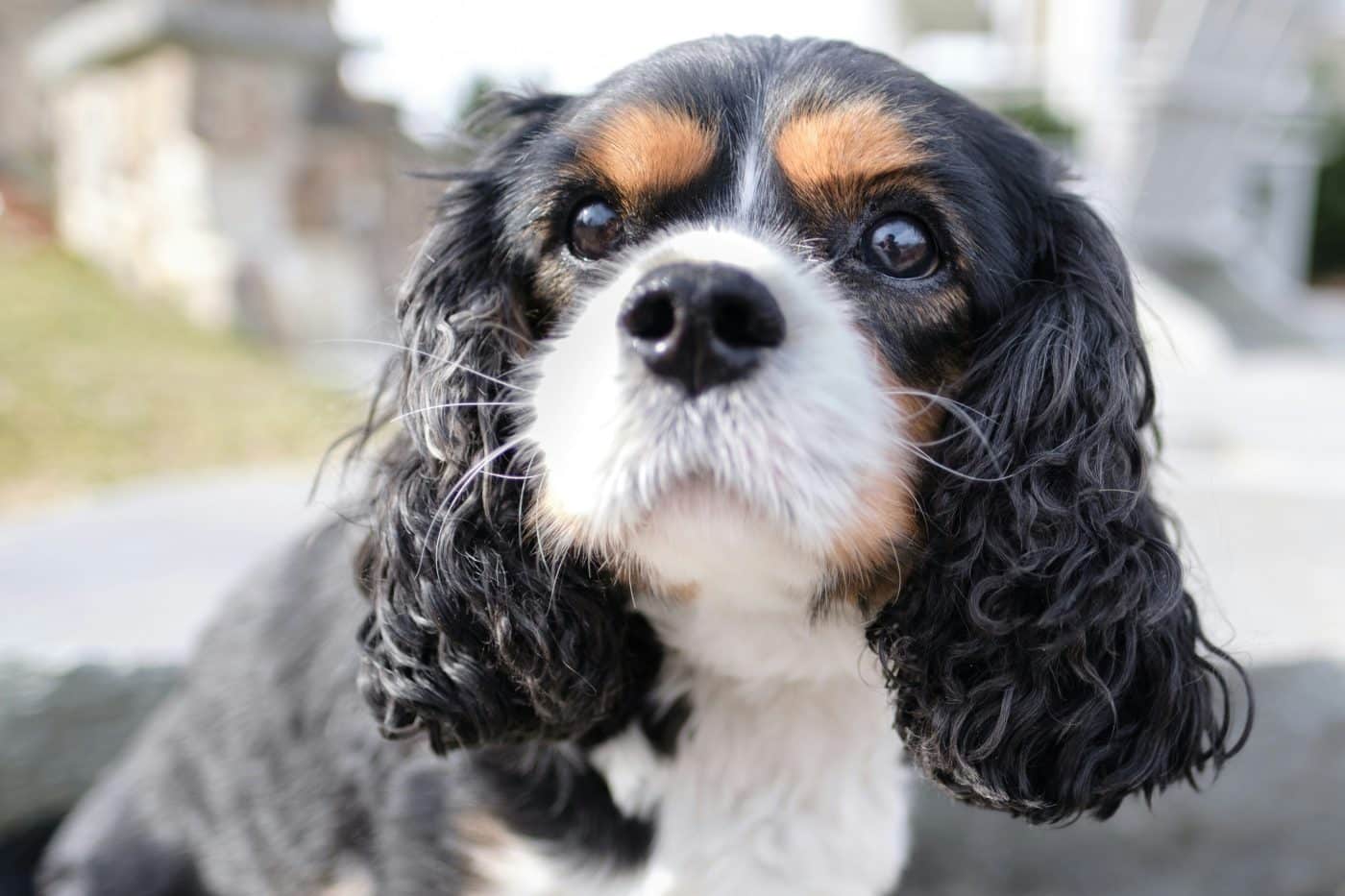 Shutterstock
Shutterstock
Named after King Charles II of England, who was famously obsessed with them, the Cavalier King Charles Spaniel basically had royal endorsement before it was cool. These affectionate little dogs were bred to warm laps and hearts in English courts, often lounging with ladies in waiting or following royalty around like adorable shadows. Their expressive eyes and elegant ears made them favorites in court paintings and gossip circles. They weren’t just pets; they were court companions with VIP access to royal affairs—and possibly some juicy royal drama. If these dogs could talk, the British tabloids would never sleep.
Shih Tzu
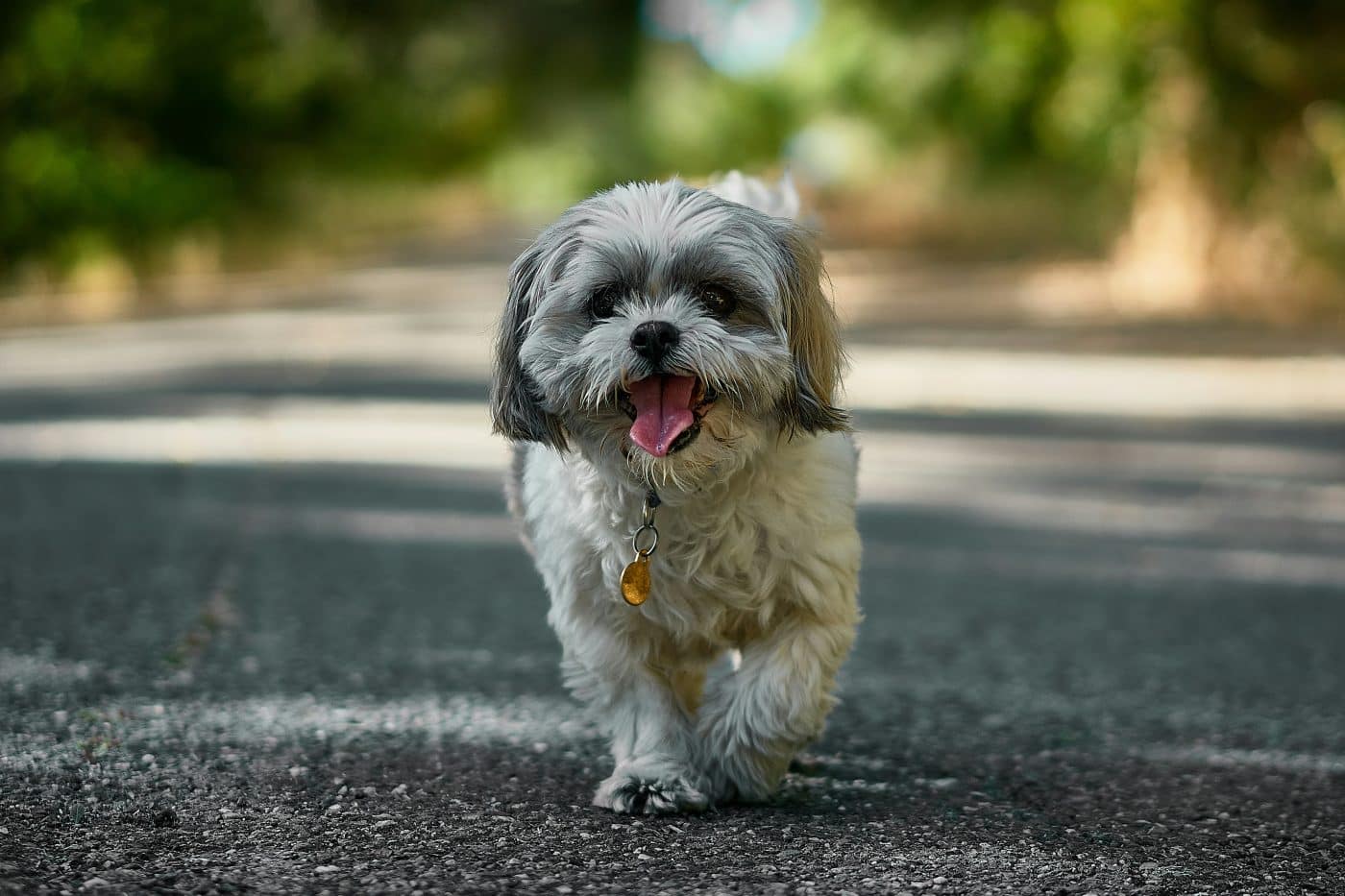 Shutterstock
Shutterstock
Translated as “Lion Dog,” the Shih Tzu was another imperial gem of ancient China, treasured by the Ming and Qing dynasties. These fluffballs were bred exclusively within the walls of the Forbidden City and were so prized that they were given as high-level diplomatic gifts. With their long, flowing coats and a temperament perfectly suited for palace lounging, they were essentially the living equivalents of royal throw pillows—if throw pillows had sass. They lived lives of luxury, often carried around by hand and groomed more meticulously than most royals themselves. Shih Tzus have never stopped acting like they’re descendants of emperors—and who could blame them?
Saluki
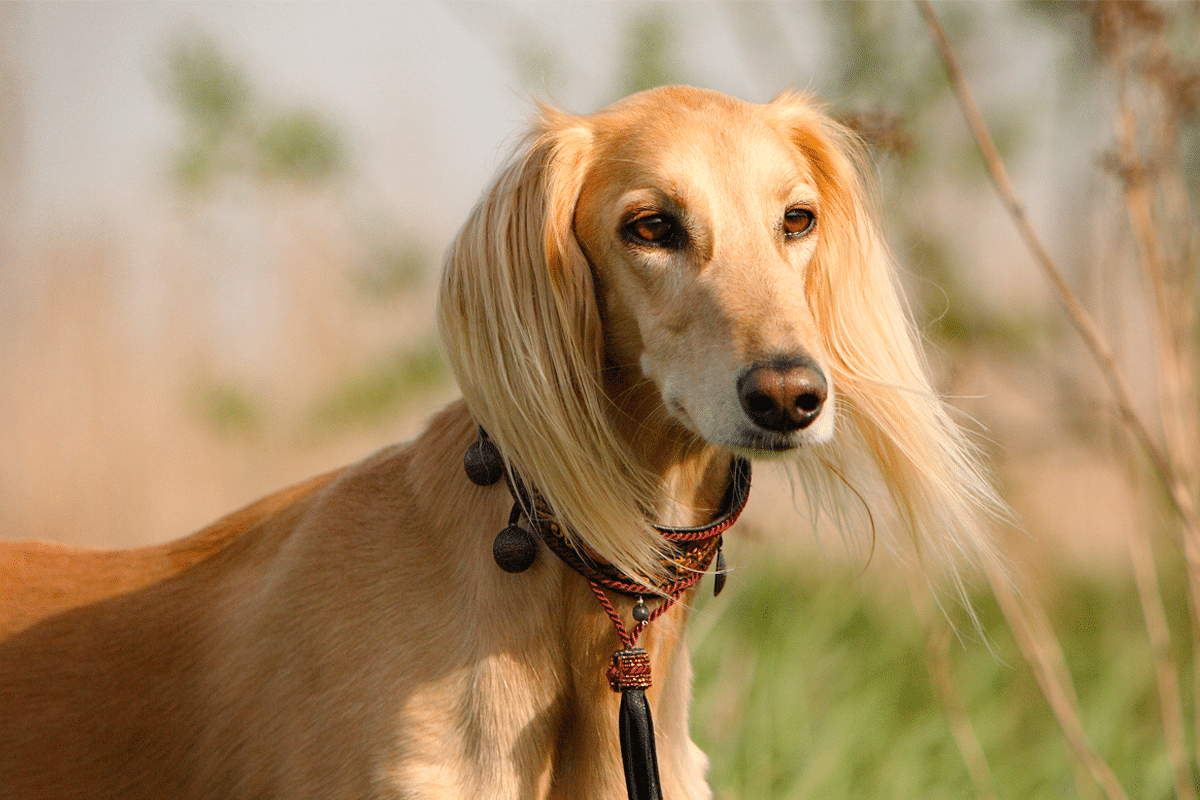 Shutterstock
Shutterstock
The Saluki is ancient—like “rode in chariots and knew the Pharaoh” ancient. Revered by Egyptian royalty and often mummified alongside their noble humans, Salukis were seen as sacred gifts from the gods. Their sleek bodies, graceful movements, and quiet dignity earned them top billing in royal courts across the Middle East. They hunted for nobles and lounged in silk-lined tents, proving they could run like the wind and nap like aristocrats. If ancient Egyptian dogs had social media, Salukis would first have had the blue checkmark.
Lhasa Apso
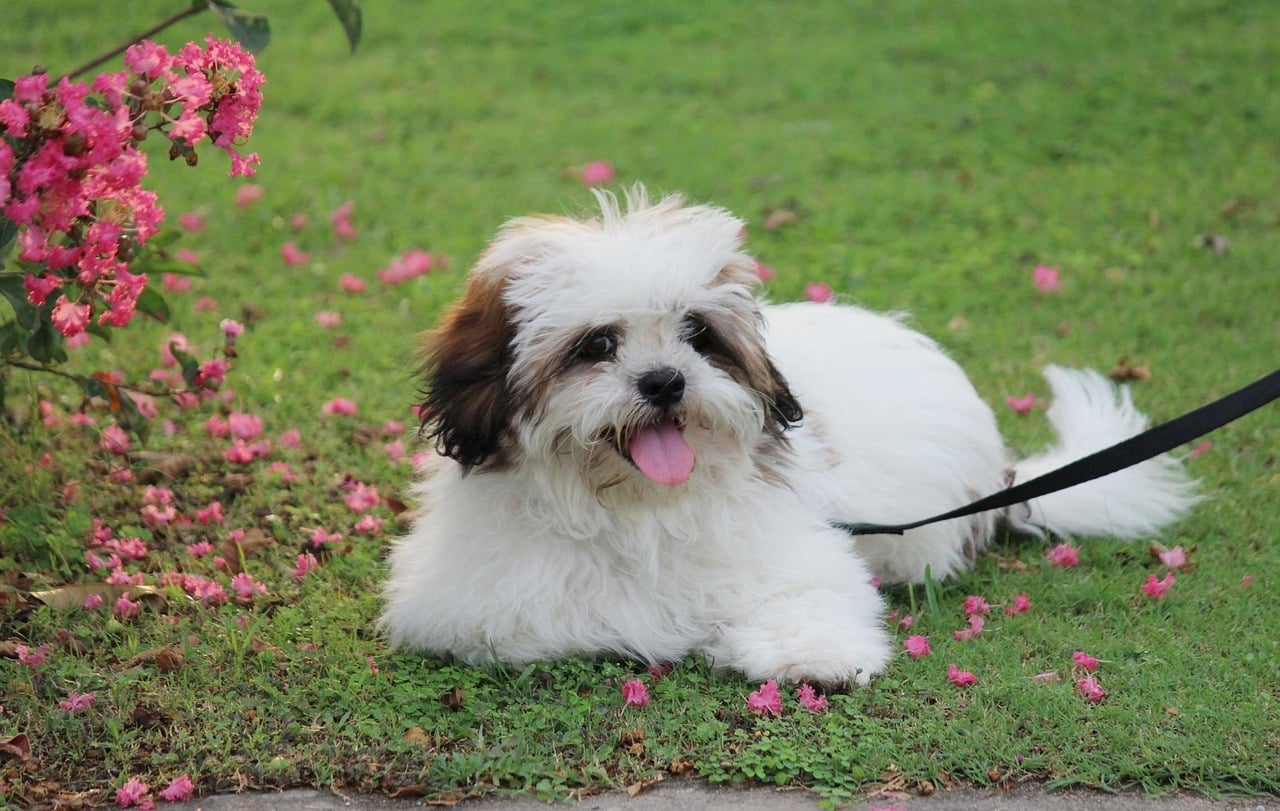 Shutterstock
Shutterstock
In Tibet, the Lhasa Apso was considered sacred and royal, often padding around monasteries and palaces like they owned the joint. These tiny guardians were believed to bring good fortune and were never sold—only gifted as signs of honor. Their luxurious coats and alert personalities made them prized watchdogs of Buddhist temples and noble homes. Despite their size, they took their guarding duties seriously—think of them as the Secret Service of Tibetan palaces, only fluffier. Even today, they still act like they’re guarding something priceless (probably your couch).
Papillon
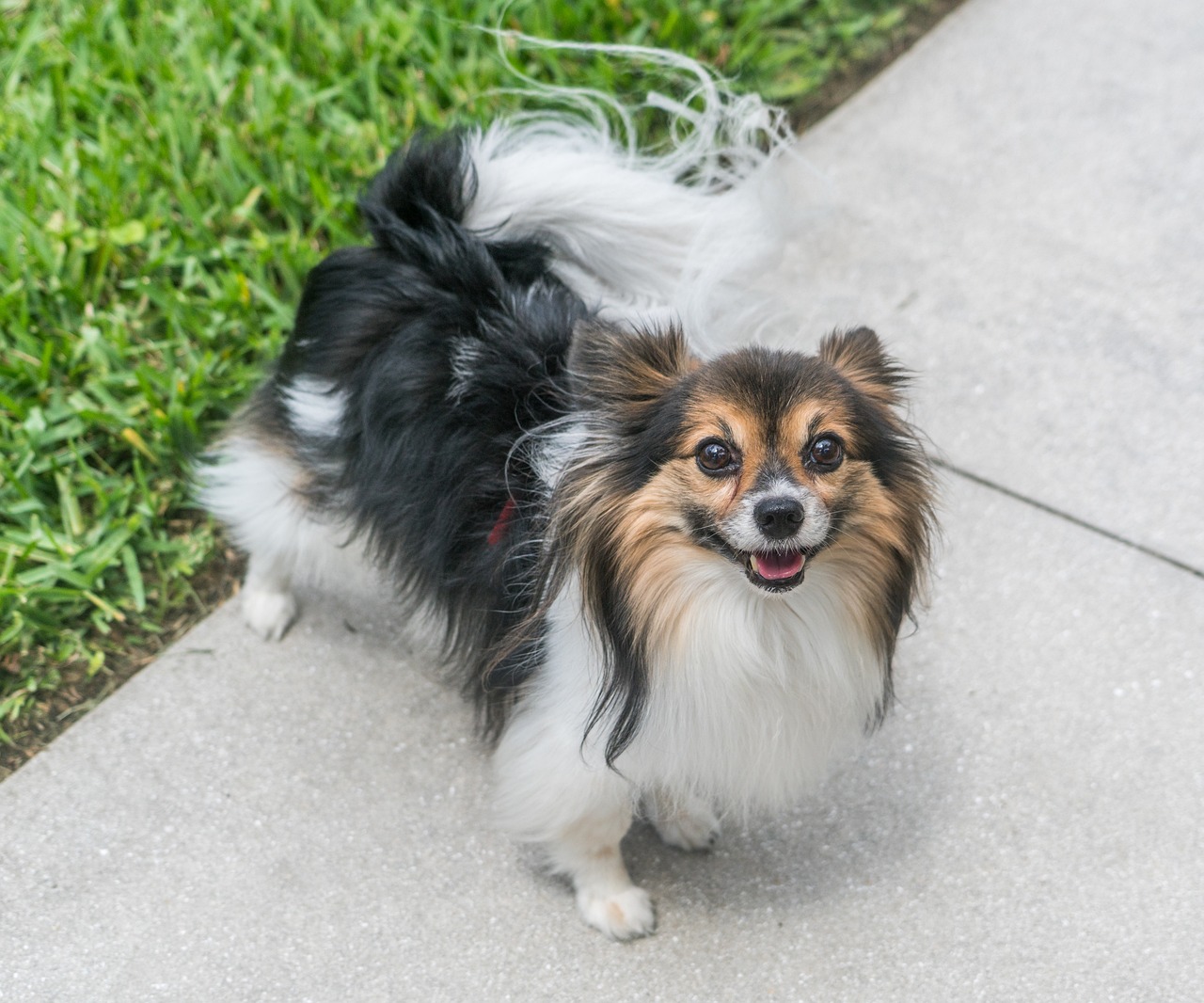 Shutterstock
Shutterstock
With its butterfly-like ears and dainty stature, the Papillon fluttered its way into the courts of French and Spanish royalty during the Renaissance. This breed can be seen in countless paintings beside queens, kings, and noble children, often perched like a jeweled accessory. They weren’t just lapdogs but status symbols that also doubled as alert little watchdogs. Marie Antoinette herself was known to have adored them—because nothing says “let them eat cake” like a Papillon in your lap. Despite their small size, they have big personalities and even bigger opinions about who gets to sit where.
Akita
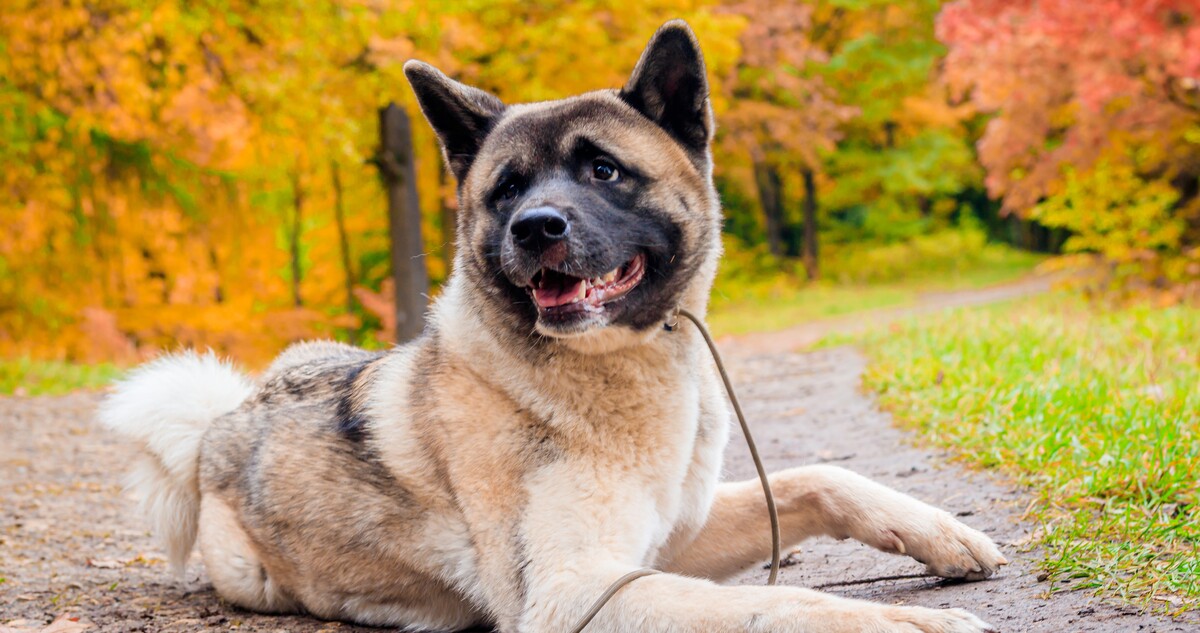 Shutterstock
Shutterstock
In feudal Japan, the Akita symbolized protection and good health, often gifted to samurai and emperors. These powerful, noble dogs were highly respected, often participating in rituals and ceremonies. Akitas were so revered that only the imperial family and aristocracy were allowed to own them at one point. Their loyalty is legendary—remember Hachikō? That wasn’t just a fluke; that’s an Akita thing. Even today, they carry themselves like ancient warriors who just woke up from a royal nap.
Afghan Hound
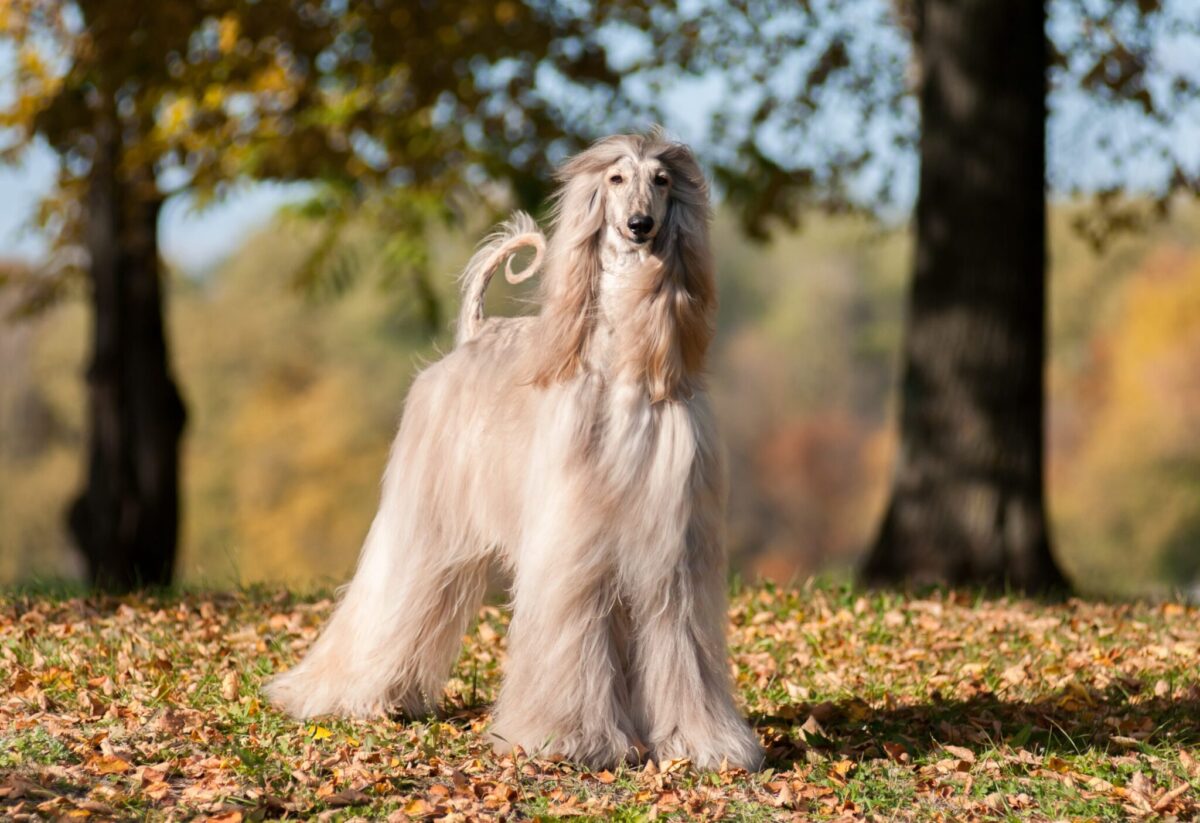 Shutterstock
Shutterstock
With its flowing, shampoo-commercial-worthy hair and aloof elegance, the Afghan Hound looks like it just stepped out of an ancient Persian palace—and that’s pretty accurate. Bred by royalty in the Middle East for hunting large game, these dogs were swift, intelligent, and too fancy to roll in the mud. Their striking appearance made them favorites among aristocrats and rulers who appreciated both beauty and utility. Afghan Hounds may look like high-maintenance supermodels but have noble roots and great speed. They’re the only dogs who can chase a gazelle and still look like they’re ready for a red carpet.
Chihuahua
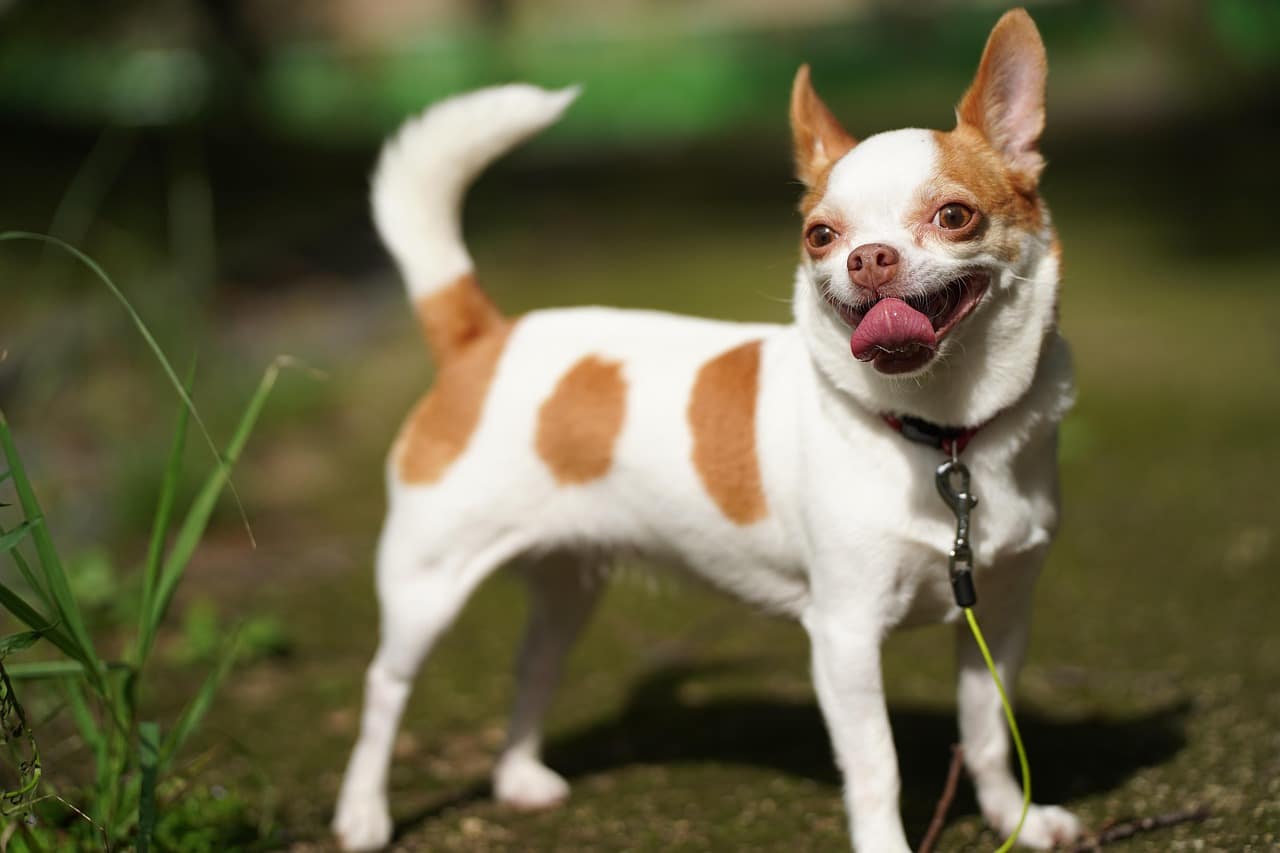 Shutterstock
Shutterstock
You might associate the Chihuahua with modern handbags and socialites, but long before that, they were the sacred dogs of the Toltec and Aztec civilizations. These tiny companions were believed to have spiritual powers and were often found in royal households and sacred temples. Their loyalty and warmth made them cherished pets of noble families, and they were even thought to help guide souls to the afterlife. So yes, your 5-pound diva dog may have an ancient spirit guide résumé. Somewhere deep inside, your Chihuahua still thinks it’s guarding a temple—and maybe it is… your bed.
Pomeranian
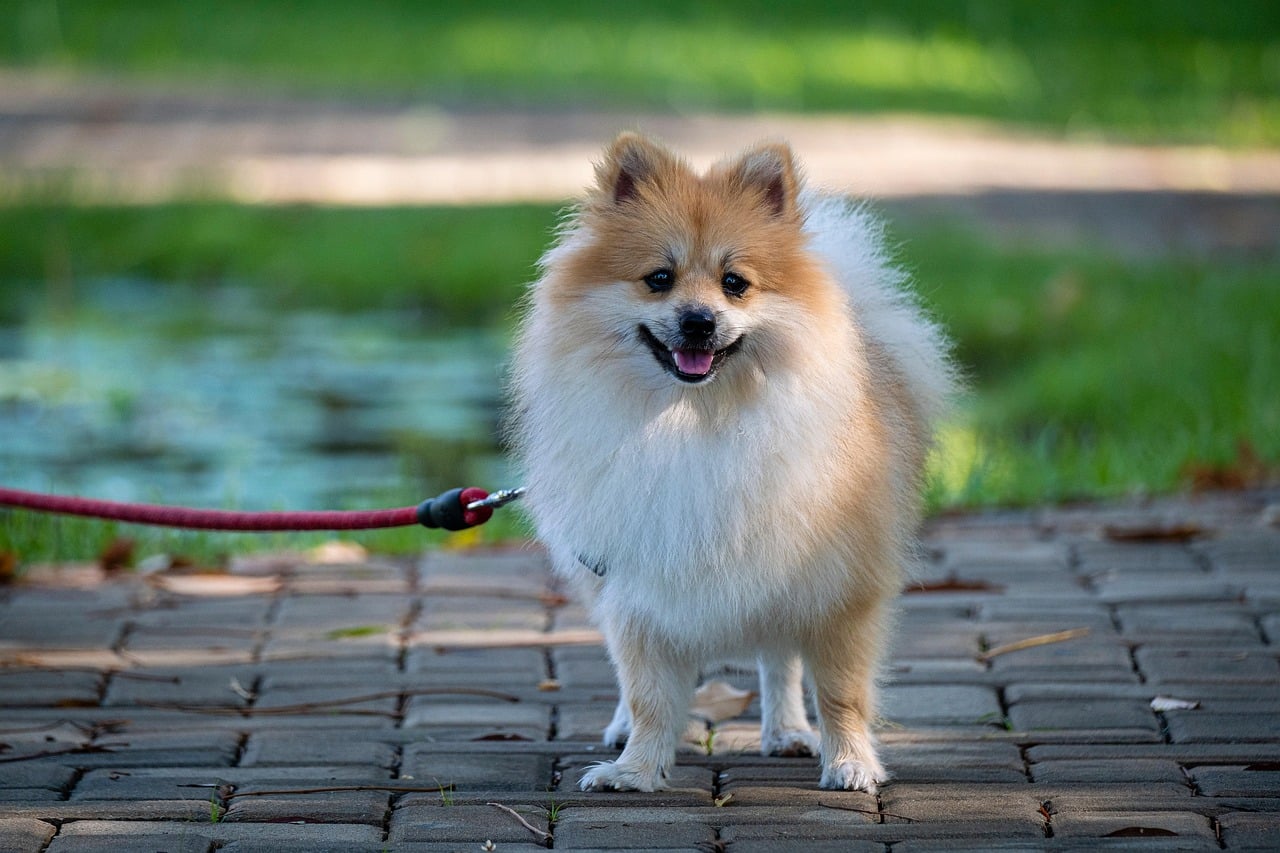 Shutterstock
Shutterstock
Queen Victoria of England was absolutely smitten with the Pomeranian, and she’s the one who helped popularize this pint-sized fluff ball among European aristocracy. Originally larger and used for sledding, Pomeranians were bred down in size to become elegant lapdogs fit for royal company. Their plush coats, prancy gaits, and animated personalities made them court favorites. In fact, Queen Victoria was said to have had over 30 of them during her reign. That’s not a pet collection—that’s a furry monarchy.
Japanese Chin
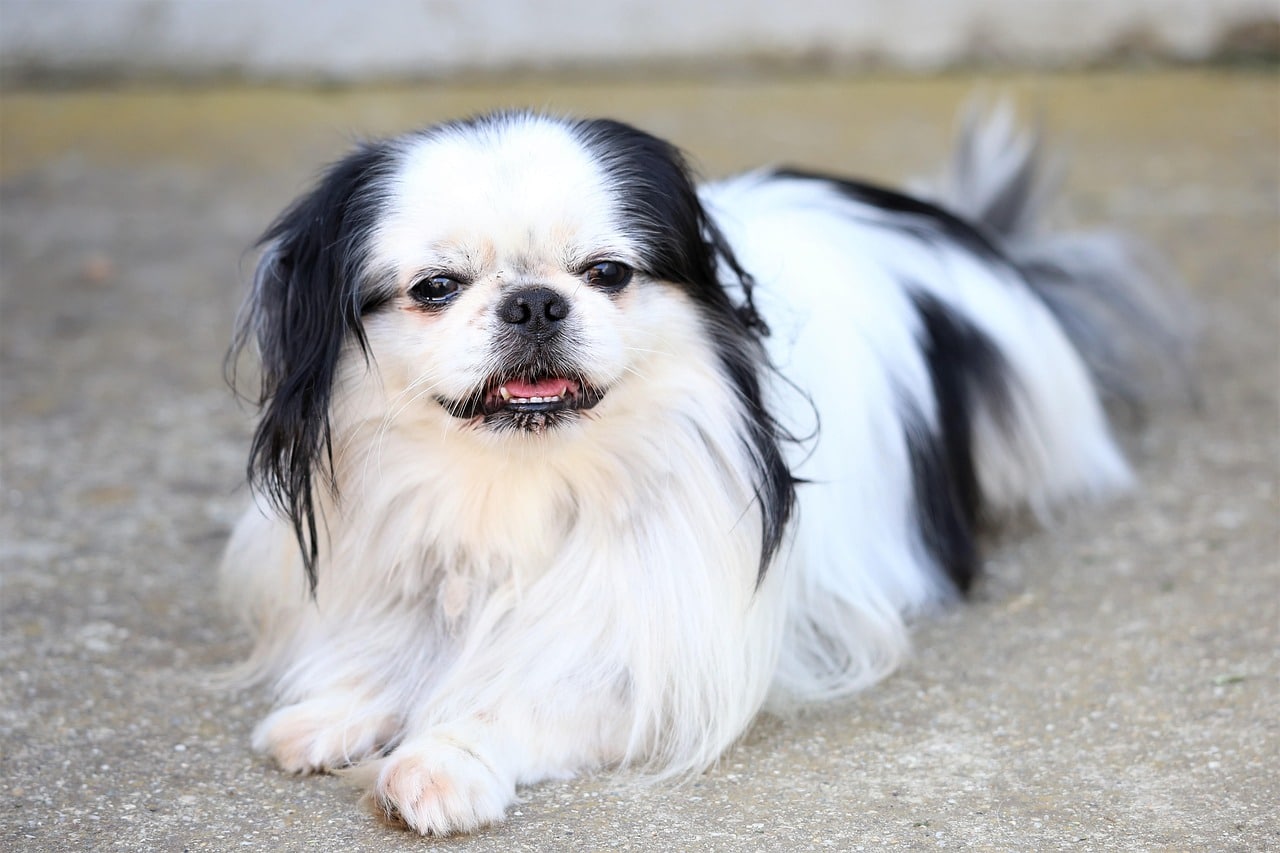 Shutterstock
Shutterstock
Delicate, refined, and endlessly charming, the Japanese Chin was once reserved for Japanese nobility and considered a royal companion rather than a common pet. These dogs were treated as more than animals—they were spiritual beings said to bring good luck and balance. Carried around like precious cargo, they lived in silken comfort and weren’t even allowed to touch the ground in many aristocratic homes. If that’s not peak royal treatment, I don’t know what is. To this day, Japanese Chins still float around rooms like they’re too elegant for gravity.
Basenji
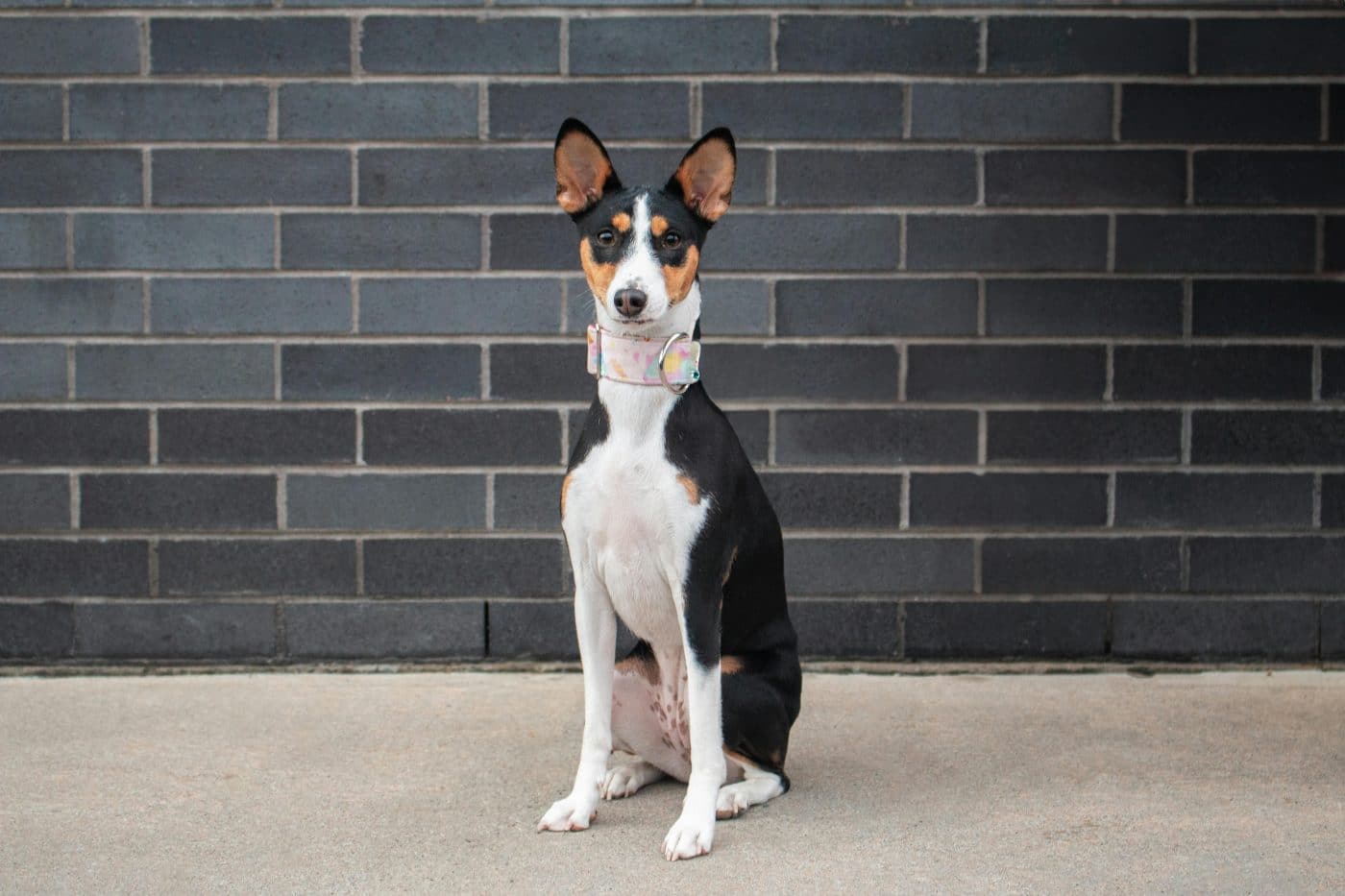 Shutterstock
Shutterstock
Known as the “barkless dog,” the Basenji hails from Central Africa and was a treasured companion of ancient pharaohs. They were often presented as gifts to royalty and used for hunting in dense jungles due to their agility and intelligence. Their quiet nature and clean habits made them desirable palace dwellers, especially in places where noise was frowned upon—looking at you, ancient Egyptian scroll readers. Basenjis may not bark, but they yodel their way into your heart and act like they were born with a crown on their heads.
Maltese
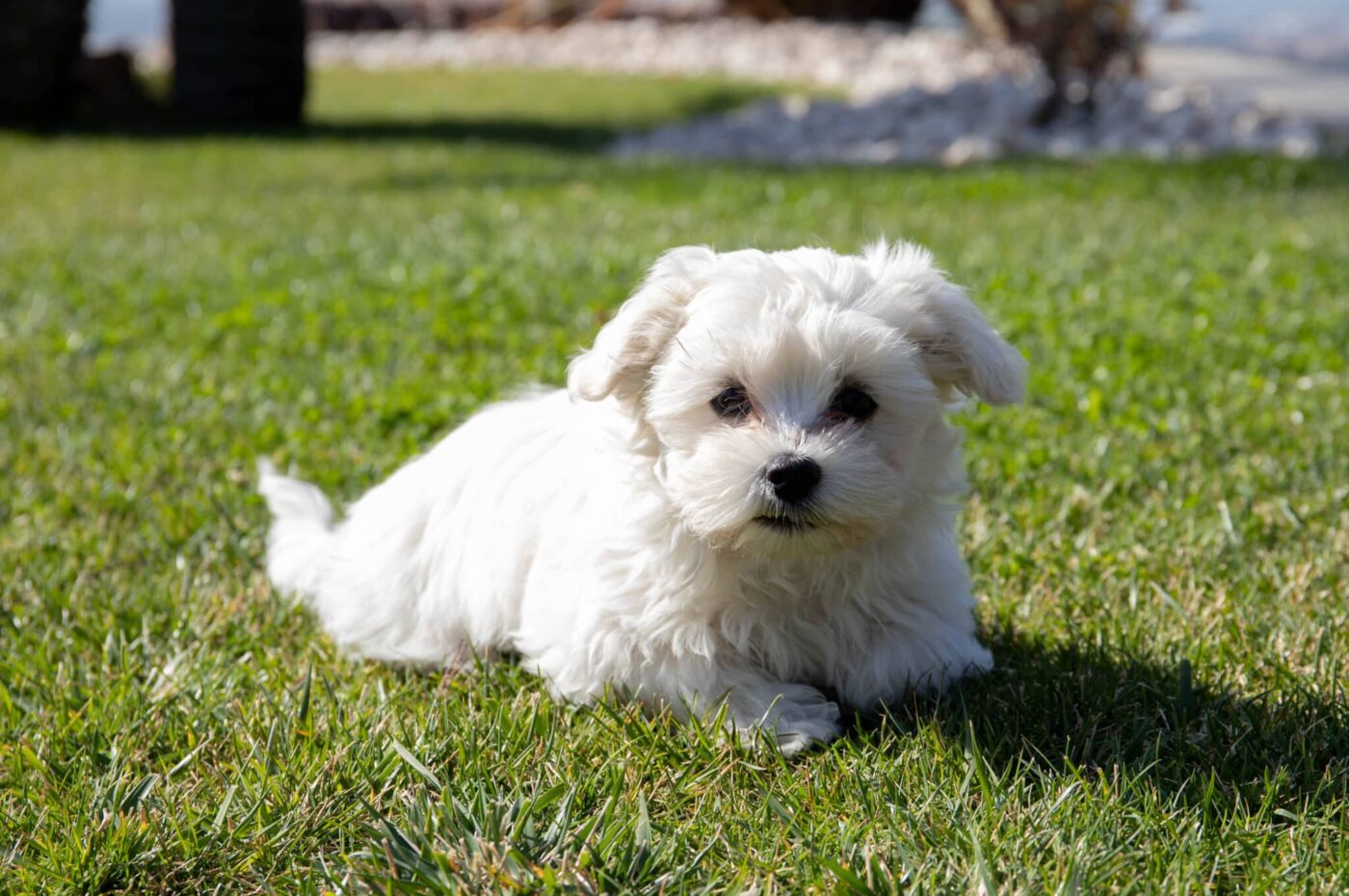 Shutterstock
Shutterstock
The Maltese are basically royalty on four legs. Dating back to ancient Greek and Roman times, this breed was adored by noblewomen and pampered beyond belief. Frequently seen in the arms of aristocrats across Europe, the Maltese became synonymous with status and sophistication. Their silky white coats, graceful demeanor, and “I demand cuddles now” attitude made them irresistible to queens, duchesses, and probably a few drama-loving countesses. To this day, the Maltese walks into a room like they expect applause—and honestly, they’re not wrong.
The Royal Bark Side of History
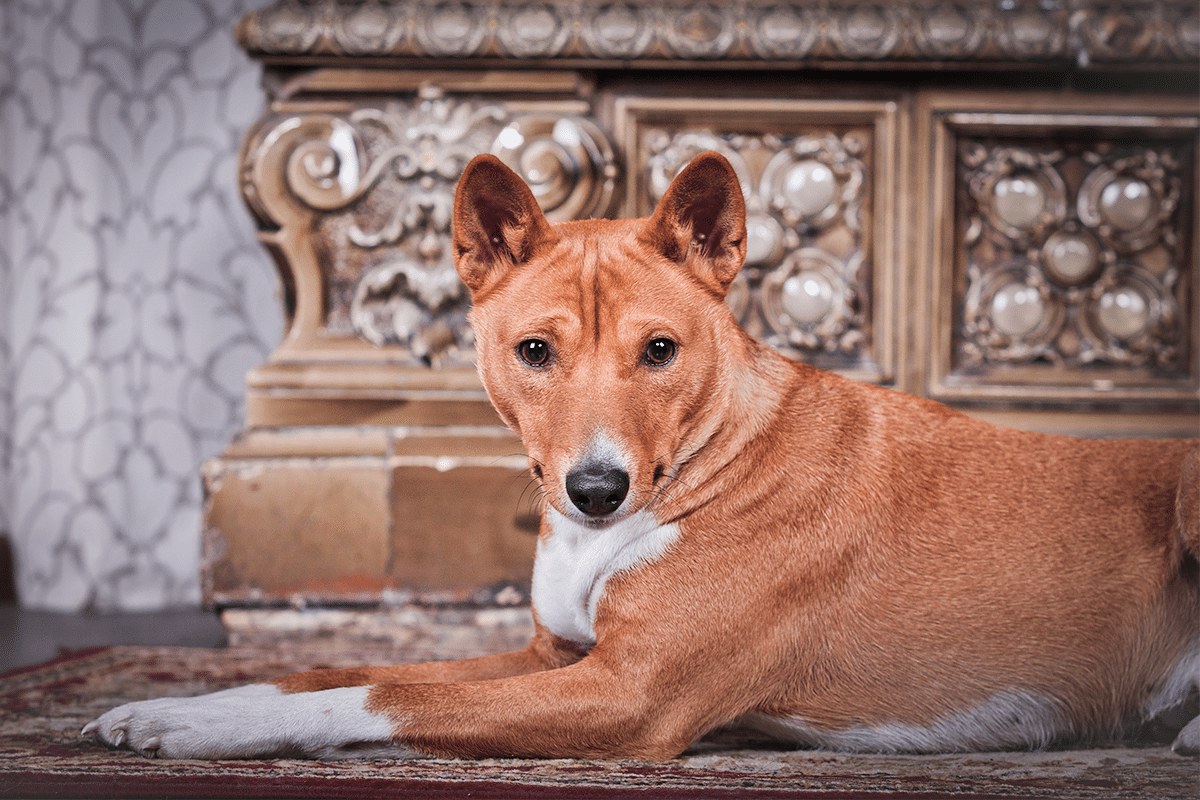 Shutterstock
Shutterstock
These royal canine icons lived lives most of us can only envy—some likely had better skincare than we do. From sacred temples to lavish courts, they didn’t just stroll through history—they posed, preened, and reigned with style. Lounging on queenly laps and pampered with gold brushes, these dogs knew how to live like royalty. So, when your pup glares at dry kibble, remember—they might be channeling their noble roots. And you? You’re simply the devoted court jester in their Highness’s royal domain. Better fetch that treat, peasant.
 Toledo, United States.
Toledo, United States.
